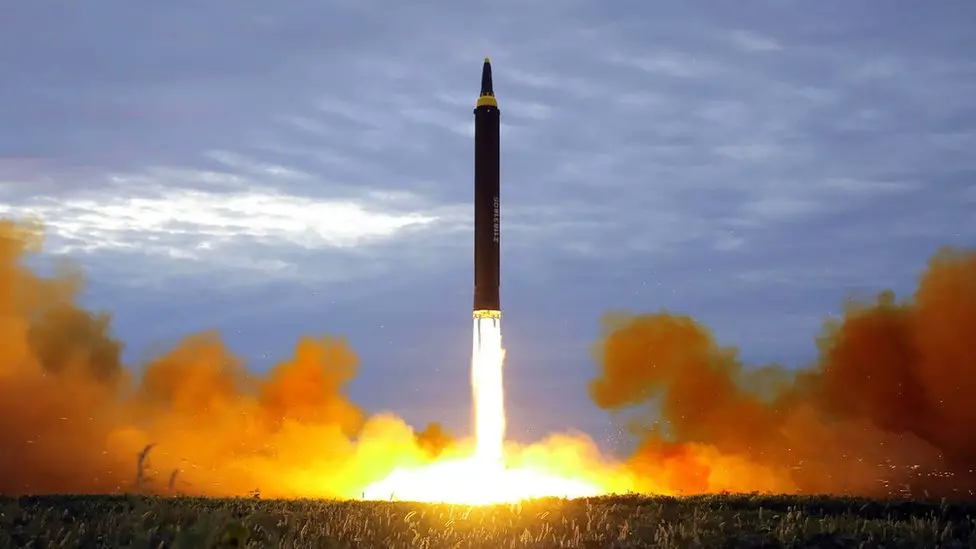India has successfully conducted test launches of two nuclear-capable ballistic missiles—Prithvi-II and Agni-I—in a strategic demonstration of military strength following its recent armed conflict with neighbouring Pakistan.
The tests were carried out on Thursday, July 17, from the Integrated Test Range in Chandipur, located on India’s southeastern coast. The Ministry of Defence confirmed that both missiles, launched under the supervision of the Strategic Forces Command, met all technical and operational parameters.
Defence Minister Rajnath Singh praised the Indian Army and defence scientists for their “remarkable achievement,” stating that the tests reflect India’s growing deterrent capabilities and commitment to national defence.
The Prithvi-II missile has a strike range of approximately 350 kilometers (217 miles) and can carry a 500 kg payload, including nuclear warheads. The Agni-I missile offers an extended range of up to 900 kilometers (560 miles) and supports a payload of 1,000 kg, positioning it as a core component of India’s short- to intermediate-range nuclear strategy.
This military show of strength follows the events of Operation Sindoor, during which India conducted airstrikes on Pakistan on May 7. The strikes were reportedly in retaliation for a terrorist attack in Pahalgam, Jammu and Kashmir, which resulted in 26 civilian deaths. India attributed the attack to Pakistan-backed militants—a claim denied by Islamabad.
Read Also: British man describes how he escaped Air India plane wreckage
The hostilities escalated into a four-day exchange of airstrikes between the nuclear-armed nations, drawing international concern. A ceasefire was eventually brokered by the President Donald Trump, and has been held since. India reported 21 civilian and 8 military casualties, while Pakistan cited 40 civilian and 13 military deaths during the conflict.
In addition to the ballistic missile tests, India also launched its domestically developed Akash Prime missile in Ladakh on July 16, marking a significant milestone in its indigenous defence program. The Akash Prime successfully intercepted two high-speed aerial targets at high altitude, demonstrating its enhanced capability.
According to the Ministry of Defence, the Akash Prime system—an upgraded variant of the original Akash surface-to-air missile—is capable of operating at altitudes exceeding 4,500 meters and is fitted with radio frequency-seeking technology. The system has been refined based on feedback from field operations to enhance its accuracy and reliability.
“These recent developments highlight India’s evolving defence ecosystem and its focus on self-reliant military technology,” the ministry stated.



